Description
GENERAL INFORMATION
Yellow Sorghum is considered to be originated in Northern Africa or at the Egyptian-Sudanese border 5,000-8,000 years ago. It is third major food grain crops of India. It is used as fodder crop and also as industrial raw material in various industries in the USA and other country. USA is the largest producer of sorghum. In India Maharashtra, Andhra Pradesh, Karnataka, Madhya Pradesh, Gujarat, Tamil Nadu, Rajasthan and Uttar Pradesh are the important sorghum growing states. In Punjab, Sorghum is an important fodder crop during kharif season.
CLIMATE
-
Temperature
25°C – 32°C (Max)18°C (Min) -
Rainfall
40 cm annual -
Sowing Temperature
25°C – 30°C -
Harvesting Temperature
18°C – 16°C -
SOIL
It grows on wide range of soil but sandy loam soil with good drainage is suitable for cultivation. pH of 6 to 7.5 is ideal for cultivation and better growth.
LAND PREPARATION
Give one deep ploughing every year in shallow to medium deep soil. Give one to two ploughing followed by 2 criss-cross harrowing. Prepare land in such a way that water stagnation will not occurrs in field.
SOWING
Time of sowing
Optimum time for sowing is from 365 days. For early green fodder, carryout sowing from middle of March.Spacing
For sowing use spacing of “45 cm x 15 cm” or “60 cm x10 cm”.Sowing Depth
Seed should not be sown more than 2-3 cm depth.Method of sowing
In North India, sorghum is sown either by broadcast or sown in rows behind the plough.SEED
Seed Rate
Use seed rate of 20 kg/acre for sowing.Seed Treatment
To protect crop soil borne disease, do seed treatment with 300 mesh sulphur powder@4gm and then Azotobacter@25gm/kg of seed before sowing.
Use any one fungicides from below:Fungicide name Quantity (Dosage per kg seed) Carbendazim 2gm Captan 2gm Thiram 2gm FERTILIZER
Fertilizer requirement (kg/acre)
UREA SSP MURIATE OF POTASH ZINC 44 50 16 # Nutrients value (kg/acre)
NITROGEN PHOSPHORUS POTASH 20 8 10 Before sowing add 4-6 tons of Farm Yard Manure or well decomposed cow dung in soil. Apply basal dose of N:P:K@20:8:10kg/acre in form of Urea@44kg, SSP@50kg/acre and Potash@16kg/acre. Apply all dose of P and K along with 50% N is applied as basal at the time of sowing. Apply remaining half dose of fertilizer, 30days after sowing.
WEED CONTROL
Spray with Atrazine (Atratop, Atrafil) @800 gm/acre (150 Ltr water) at 1-2 days after sowing with optimum moisture in soil. While spraying enough moisture should be present in soil.
IRRIGATION
To get good yield, give proper irrigation at important stages like tillering, flowering and grain formation stages. These are critical stages for irrigation. In kharif season it required one to three irrigation depending upon rainfall intensity. Under adequate water supply in rabi and summer season, irrigation should be given at all these critical stages. If water is available for 2 irrigation only, these should be applied at flower primordial initiation and flowering stages.
PLANT PROTECTION
- Pest and their control:
Sorghum shoot fly: They laid eggs on younger leaves. Eggs are of white, cylindrical shape while adults are of whitish grey color. Maggots are of yellowish color and grow inside stem leads to cut of stem. Shoot get dried and produces “dead heart”. Side tillers are produces in affected plant. Plant come out easily when pulled out and gives bad smell. One to six week seedlings are more susceptible to this pest.
Do not delay in sowing. After harvesting of previous crop, clean field and remove remains of earlier plants. At time of sowing, soil application of Phorate 10G@7kg/acre or Carbofuran@13kg/acre will help to control it. Before sowing do seed treatment with Imidacloprid 70WS@4ml/kg of seeds. Remove infected seedlings and destroyed them away from field. If infestation is observed Methyl Demeton 25EC@200ml/acre and Dimethoate 30EC@200ml/acre.
Stem borer: Oval shape egg bunch observed undersurface of leaves near mid rib. Larvae are of yellowish brown with brown head. Moth is of straw colored. On infestation, withering and drying of central shoot is observed. Bore holes are observed on stem. Series of pin holes on emerging leaves.
Set up of light traps till mid night to monitor, attract and kill adults of stem borer. Mix Phorate 10G@5kg/acre or Carbofuran 3G@10kg/acre with sand to make quantity upto 20kg/acre and apply in the leaf whorls. Take spray of Carbaryl S50WP@800g/acre.
Ear head caterpillar: Eggs are creamy white and of spherical shape. Show color variation from greenish to brown having dark brown grey lines on body. Adults are of light pale brownish yellow moth. On incidence of this pest, earheads are partially eaten and gives chalky appearance. Excreta is observed within ear head.
To know intensity of infestation, set up light trap. Use sex pheromone traps@5/acre to attract male moths from flowering to grain hardening. Spray with Carbaryl 10D@1kg/acre or Malathion 5D@10kg/acre.
Ear Head bug: When grains are at milking stage, nymph and adult suck juice from grains. Because of it grains get shrink and gives black color. Large no of nymphs are observed on ear head. Nymphs are slender, green in color. Male adults of ear head bug are of green color and females are green with brown margins.On 3rd and 18th days after panicle emergence, do dusting of Carbaryl 10D@10kg/acre or Malathion 5D@10kg/acre. Spray with Malathion 50EC@400ml/acre in 200 litre of water at 10% heading.
Sorghum Midge: Sorghum midge fly is small mosquito shape having bright orange abdomen and pair of transparent wings and long telescopic ovipositor. Maggots of midge fly feeds on developing grains. Larvae feed on the ovaries and destroyed developing grains results in partial feeling of grains. Red ooze from spikelets show presence of maggots.Set up light trap to attract midge fly. Apply Carbaryl 10D@10kg/acre or Malathion 5D@10kg/acre on 3rd and 18th day after panicle emergence.
- Disease and their control:
Anthracnose: Small red color spots with white centre are observed on both sides of leaves. Numerous small black dots like are seen on the white surface of the lesions which are fruiting bodies of fungus. Circular canker is developed on stalk and influence. When we split infected stem it shows discoloration. This disease spread in continuous rain, high humidity and temperature 28-30oC.
Avoid continuous growing of crop. Follow crop rotation. Grow resistive varieties. Before sowing crop treat the seed with Captan or Thiram @3 gm/kg of seeds. If infestation observed spray crop with Mancozeb @ 300 gm or Carbendazim @400gm/200Ltr of water.
Rust: It affect at any growth stage of crop. Small reddish brown flecks observed on lower surface of leaves. Pustules appeared on both surface of leaves, on rupture they gives reddish powdery mass. The pustules may also occur on the leaf sheaths and on the stalks of inflorescence. Low temperature 10-12oC along with spell of rainy weather is favourable to this disease.Grow rust resistant variety. If infestation is observed spray crop with Mancozeb@250gm/150Ltr of water or do dusting of sulphur@ 10kg/acre.
Ergot: Secretion of honey dew from infected florets is main symptoms of this disease. This secretion attracts large number of insects and ants, also head give black appearance. At base of infected plant white spots on soil is observed. High rainfall, high humidity at flowering stage along with cloudy weather is favourable for spread of this disease.Grow ergot resistant varieties. Before sowing soak seed in 2% saline solution, ergot affected seeds float on surface, remove them. Do seed treatment with Captan or Thiram@4gm/Kg of seed. Spray with Ziram, Zineb, Captan or Mancozeb@2.5gm/Ltr at emergence of ear head. Take second spray at 50% of flowering. If necessary repeat spray after a week.
Head mould/Grain mould/Head blight: Moist weather at time of flowering or grain filling stage causes fungus growth on earheads. Compact heads are more susceptible to this disease.Avoid late sowing. Grow resistant varieties. Before sowing treat seeds with Thiram@3gm/Kg of seeds. In case of intermittent rain during ear head emergence, take spray of Mancozeb@2.5gm/Ltr of water or Captan@2gm/Ltr of water.
Downy Mildew: Whitish growth is observed on lower surface of leaves. The leaves give green or yellow coloration appearance.Avoid growing of crop continuously on same field. Follow crop rotation with pulses and oil seeds. Use downy mildew resistive varieties. Before sowing treat seeds with Metalaxyl@4gm/Kg of seeds. If infection is observed spray with Metalaxyl@2gm/Ltr of water or Mancozeb@2.5gm/Ltr of water.
Leaf Blight: In initial stage small narrow elongated spindle shaped spots are observed. On older plants, long elliptical, necrotic lesions of straw coloured observed in the centre with dark margins. It destroyed large area of leaf and give crop a burnt appearance. High humidity, high rainfall along with cool moist weather are favourable for this disease.Use disease free seeds and resistive varieties. Follow proper crop rotation. Before sowing treat seeds with Thiram or Captan@ 4gm/kg of seeds. If infestation is observed spray crop with Mancozeb@2.5gm/Ltr of water, if necessary take second spray with 15 days interval.
Grain smut/Kernel smut / Covered smut / Short smut: Appeared at time of grain formation in ear. Grains gives dirty white or grey color appearance and get covered with white cream. Affected plants can be detected before the ears come out. They are shorter than the healthy plants with thinner stalks and marked tillering. The ears come out much earlier than the healthy.
Use diseased free seeds and resistive varieties. Follow crop rotation. Before sowing treat seeds with Thiram or Captan@ 3gm/kg of seeds

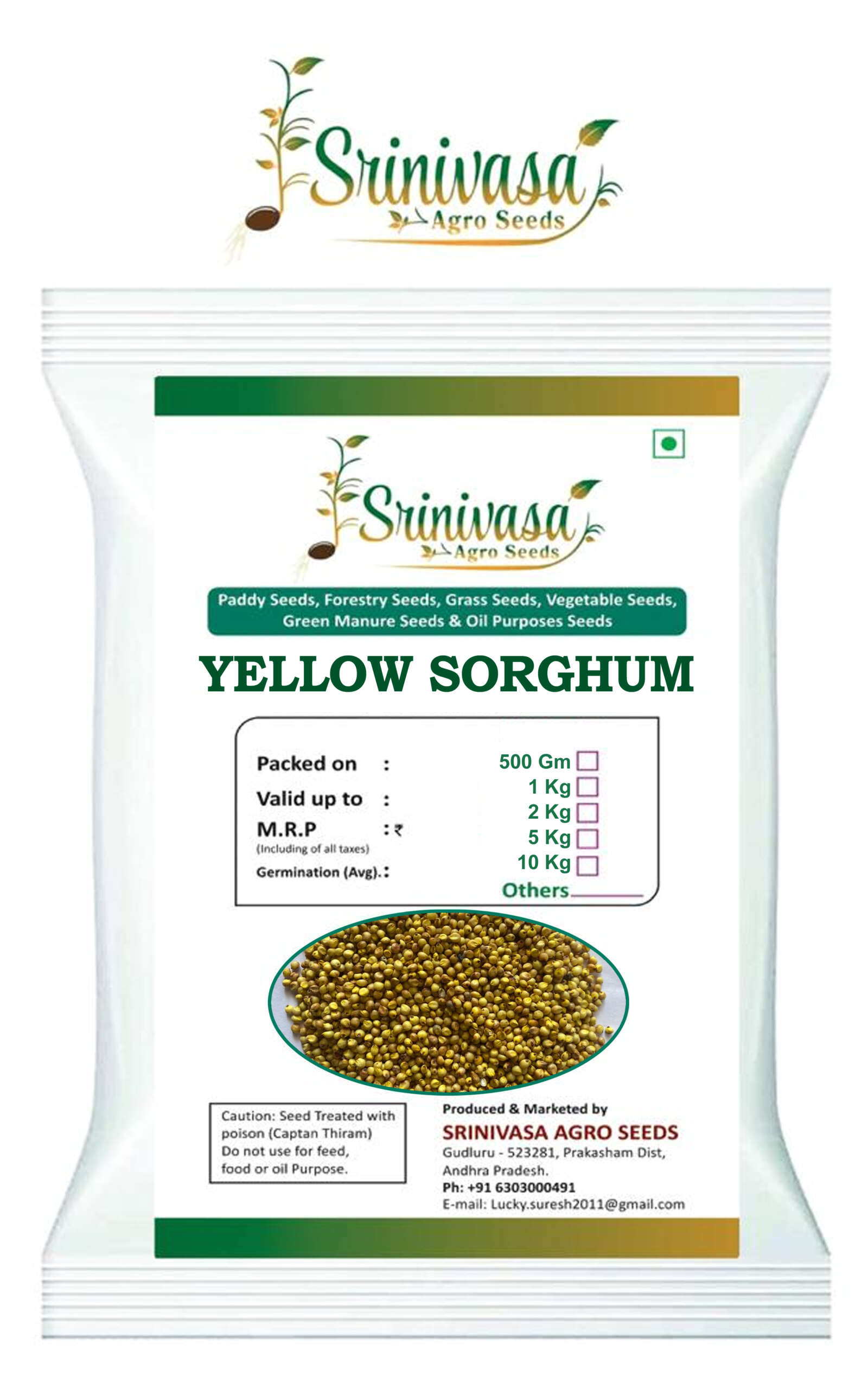

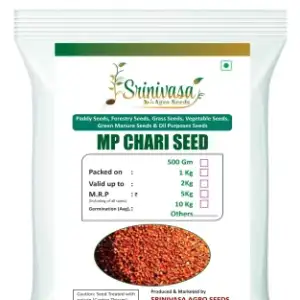
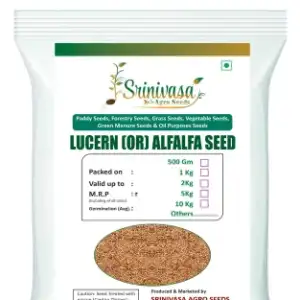
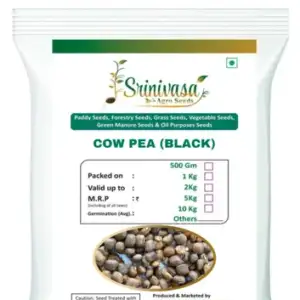
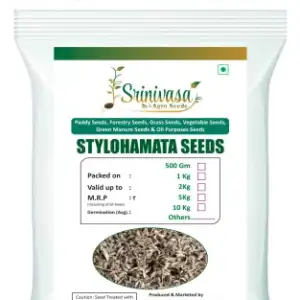
Reviews
There are no reviews yet.